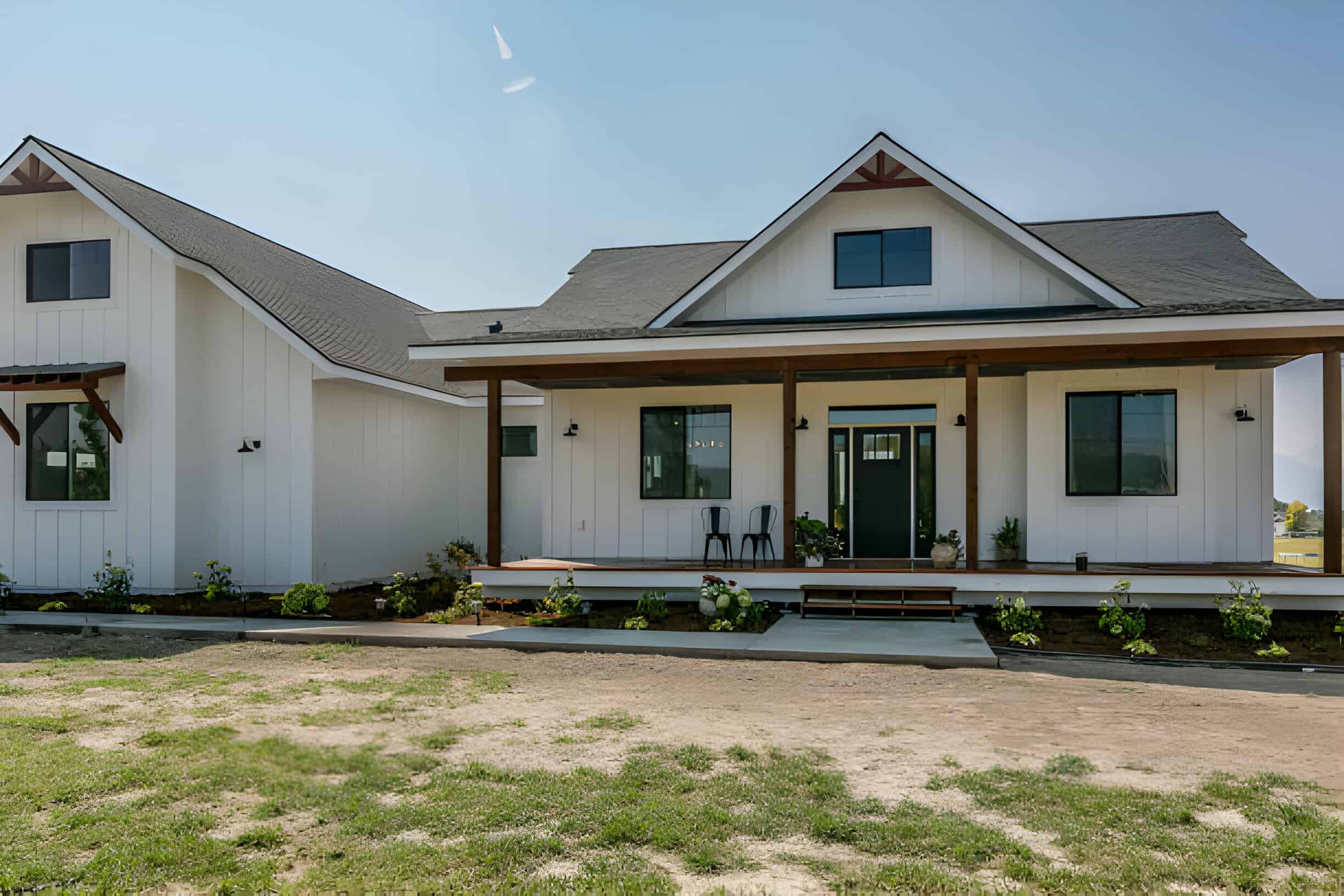Barndominium Builder and Style Solutions: Custom-made Houses Built to Last
Barndominium Builder and Style Solutions: Custom-made Houses Built to Last
Blog Article
Barndominiums Vs. Traditional Homes: an In-depth Contrast of Lifestyle and Capability
The decision in between barndominiums and standard homes includes different aspects, consisting of lifestyle preferences and practical requirements. Barndominiums are characterized by their open designs and adaptability, often appealing to those that focus on common living and convenience.
Summary of Barndominiums
Barndominiums, an unique housing pattern getting appeal throughout various regions, blend the rustic charm of barn-style style with the functionality of modern-day living areas. These one-of-a-kind frameworks typically consist of a steel or timber framework, integrating open floor strategies and high ceilings with energy-efficient features. Commonly situated on large rural residential or commercial properties, barndominiums supply property owners the opportunity to enjoy a serene way of living while supplying sufficient space for numerous activities.
The flexibility of barndominiums extends past their visual appeal; they can act as both living quarters and useful areas for leisure activities, workshops, and even small organizations. Their flexible layout permits very easy customization, suiting varied family members demands and choices. Many owners appreciate the low maintenance demands connected with metal siding and roof covering, adding to long-lasting durability.

Features of Traditional Houses
Emphasizing timeless design and convenience, conventional homes are defined by their unique architectural designs, which frequently show historical influences and regional visual appeals. Common attributes consist of symmetrical facades, gabled roof coverings, and a focus on craftsmanship, causing a cozy and inviting environment.
Conventional homes frequently incorporate components such as crown molding, wainscoting, and wood flooring, enhancing their classic charm. They generally feature numerous areas with defined functions, promoting family communication while permitting for privacy. visit website. The layout commonly includes official living and eating locations, which are conducive to enjoyable guests and organizing family gatherings
Exterior products such as block, timber, or stone are regularly made use of, adding to resilience and a sense of durability. Barndominium builder. Additionally, several standard homes are designed with front patios or stoops, promoting a sense of neighborhood and connection with the community
Landscaping plays a substantial duty in traditional home layout, with well-kept gardens and paths that boost curb charm - visit website. Generally, typical homes embody a feeling of fond memories and stability, interesting those that value heritage and a much more organized living atmosphere
Cost Comparison
Generally, a cost contrast in between barndominiums and standard homes reveals considerable differences in building and construction expenditures and total investment. Barndominiums, typically constructed from metal or steel frames, commonly sustain lower material and labor prices than conventional homes built from timber and brick. The streamlined style of barndominiums can equate to decreased building and construction times, further lowering labor prices and accelerating occupancy.
Usually, the cost per square foot for a barndominium ranges from $100 to $150, while conventional homes can differ commonly, typically falling in between $150 and $300 per square foot, relying on location, products, and design intricacy. This cost disparity makes barndominiums an appealing option for budget-conscious buyers seeking bigger space without compromising quality.
Furthermore, barndominiums may lead to lasting cost savings via lower upkeep prices, power efficiency, and insurance coverage rates. Their sturdy construction materials usually require less maintenance in time compared to conventional homes. It is important to consider that while first costs may be lower for barndominiums, the last financial investment will certainly also depend on specific modification and desired features, which can influence the general expenditure in both real estate types.
Lifestyle and Area Factors To Consider
When considering way of life and area, barndominiums provide an one-of-a-kind flexibility that allures to a selection of home owners. These hybrid frameworks combine domestic coping with useful room, commonly featuring open flooring strategies that can be adapted to fit private demands. This flexibility is specifically helpful for households or people seeking a customized living environment, permitting for diverse usages such as office, workshops, or leisure locations.

Moreover, the visual charm of barndominiums can satisfy both rustic and modern tastes, making them a functional choice for numerous style preferences (Barndominium repair). Eventually, the option between a barndominium and a typical home frequently rests on just how well each option aligns with image source the property owner's lifestyle goals and spatial needs, highlighting the importance of taking into consideration personal concerns in the decision-making process
Environmental Effect and Sustainability
The ecological impact and sustainability of barndominiums present compelling advantages contrasted to conventional homes. Mostly created from steel and other resilient products, barndominiums are typically constructed using recycled resources, lowering the need for brand-new products and minimizing waste. Their style generally emphasizes open rooms, which can result in reduced power consumption for heating and cooling contrasted to typical homes with more fractional formats.
In addition, barndominiums can integrate lasting attributes such as photovoltaic panels, rainwater harvesting systems, and progressed insulation methods, enhancing their power performance. The flexibility of their layout enables homeowners to incorporate these innovations extra flawlessly than in many standard homes, which might need extensive retrofitting.
Furthermore, barndominiums usually require less sources for construction due to their simpler, a lot more efficient styles. This not only decreases the carbon impact related to structure however additionally adds to a much more sustainable way of living. In comparison, traditional homes may involve greater degrees of energy expense and resource utilize throughout their lifecycle, from building to upkeep. On the whole, barndominiums stand for a forward-thinking strategy to lasting living, straightening with modern environmental concerns.
Final Thought
In summary, the choice in between barndominiums and typical homes hinges on private lifestyle preferences and functional requirements. Barndominiums, with their open designs and lasting materials, provide to those looking for flexibility and public living.
Report this page